Thu Jun 21, 2012 12:51pm EDT.
* Hybrid plants will resist frosty pod rot.
* Plants will take 3-7 years to produce cocoa pods.
* Disease slashed Mexican cocoa output by more than half.
By Marcy Nicholson.
 |
NEW YORK, June 21 (Reuters) – Hershey Co aims to revive Mexico’s cocoa production by giving away disease-resistant plants to farmers, after the crop was nearly decimated by frosty pod rot, the chocolate maker said this week.
“As cocoa yields improve in Mexico during the next 10 years of this program, we hope to increasingly source Mexico cocoa for our products sold in Mexico,” said Jeff Beckman, a spokesman for Hershey.
Hershey, the biggest chocolate producer in North America and maker of Reese’s peanut butter cups, has launched the 10-year Mexico Cocoa Project with cocoa supplier Agroindustrias Unidas de Cacao SA de CV, a member of the Ecom Cocoa Group.
he project, which will take place in southern Mexico, is a $2.8 million initiative, aimed at treating frosty pod rot, or Moniliasis, which is a disease that attacks the fruit of the cacao tree.
“These are hybrid varieties that are known to be resistant to this disease and that will be the key to rebuilding the cocoa growing industry there,”Beckman said.
“The goal is to help increase productivity, help the industry to recover. It would be our desire to buy more cocoa from Mexico.”
The farmers who receive the hybrid plants, which will take three to seven years to grow useable cocoa pods, will not be obligated to sell to Hershey, Beckman said.
Hershey has done business in Mexico for 40 years, the company said.
The country has never been a significant cocoa producer, but the disease cut its output by more than half since it hit in 2005.
Production in the 2010/11 crop year was just 20,000 tonnes, down from 44,000 tonnes in 2003/04, according to International Cocoa Organization data.
Demand is expected to rise though due to Mexico’s growing working population ranging from 15 to 64 years old, who are expected to eat more impulse and indulgence foods, according to Euromonitor International senior food industry analyst Francisco Redruello.
“Mexico, which is a cocoa-growing country, is a net importer of cocoa, so there is a definite need for additional cocoa grown in Mexico to be used domestically,” Beckman said.
Hershey is not the first chocolate company to invest in the country. In February, the Mexican president announced that Ferrero, which makes Ferrero Rocher chocolates, will spend $190 million to construct a plant in the state of Guanajuato, to make new Kinder and Nutella products for both the local and North American markets.

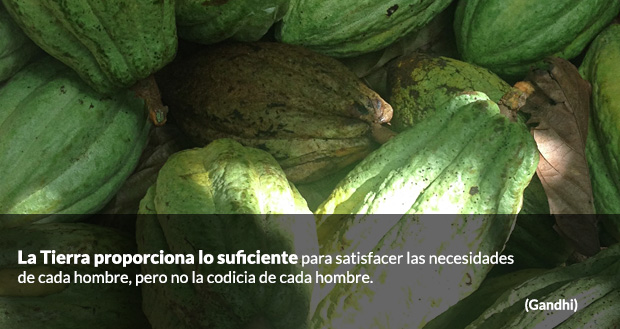
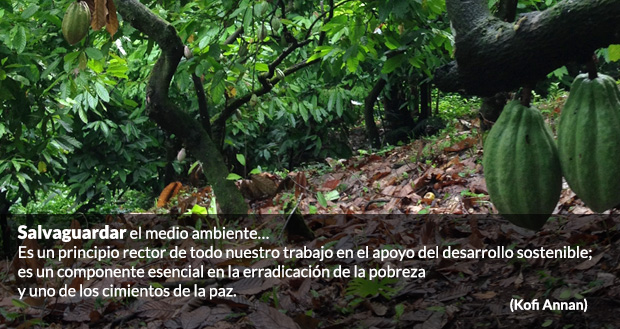
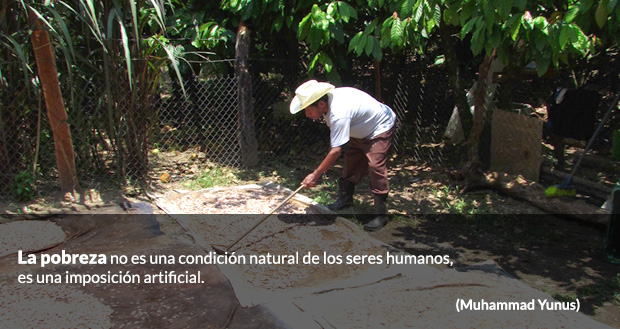

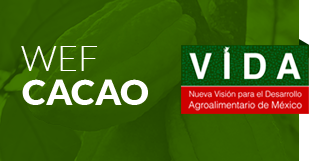
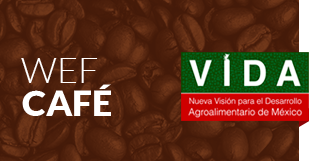
![[en]Hershey's Project / Mexico Cocoa Foundation[/en][es]Proyecto Hershey´s/ Fundación Cacao México[/es] [en]Hershey's Project / Mexico Cocoa Foundation[/en][es]Proyecto Hershey´s/ Fundación Cacao México[/es]](http://cacaomexico.org/wp-content/gallery/galeria/thumbs/thumbs_26.jpg)
![[en]Hershey's Project / Mexico Cocoa Foundation[/en][es]Proyecto Hershey´s/ Fundación Cacao México[/es] [en]Hershey's Project / Mexico Cocoa Foundation[/en][es]Proyecto Hershey´s/ Fundación Cacao México[/es]](http://cacaomexico.org/wp-content/gallery/galeria/thumbs/thumbs_4.jpg)
![[en]Hershey's Project / Mexico Cocoa Foundation[/en][es]Proyecto Hershey´s/ Fundación Cacao México[/es] [en]Hershey's Project / Mexico Cocoa Foundation[/en][es]Proyecto Hershey´s/ Fundación Cacao México[/es]](http://cacaomexico.org/wp-content/gallery/galeria/thumbs/thumbs_57.jpg)
![[en]Hershey's Project / Mexico Cocoa Foundation[/en][es]Proyecto Hershey´s/ Fundación Cacao México[/es] [en]Hershey's Project / Mexico Cocoa Foundation[/en][es]Proyecto Hershey´s/ Fundación Cacao México[/es]](http://cacaomexico.org/wp-content/gallery/galeria/thumbs/thumbs_13_0.jpg)
![[en]Visit Project[/en][es]Visita Proyecto[/es] [en]Visit Project[/en][es]Visita Proyecto[/es]](http://cacaomexico.org/wp-content/gallery/galeria/thumbs/thumbs_49_0.jpg)
![[en]Visit Project[/en][es]Visita Proyecto[/es] [en]Visit Project[/en][es]Visita Proyecto[/es]](http://cacaomexico.org/wp-content/gallery/galeria/thumbs/thumbs_54_0.jpg)

























